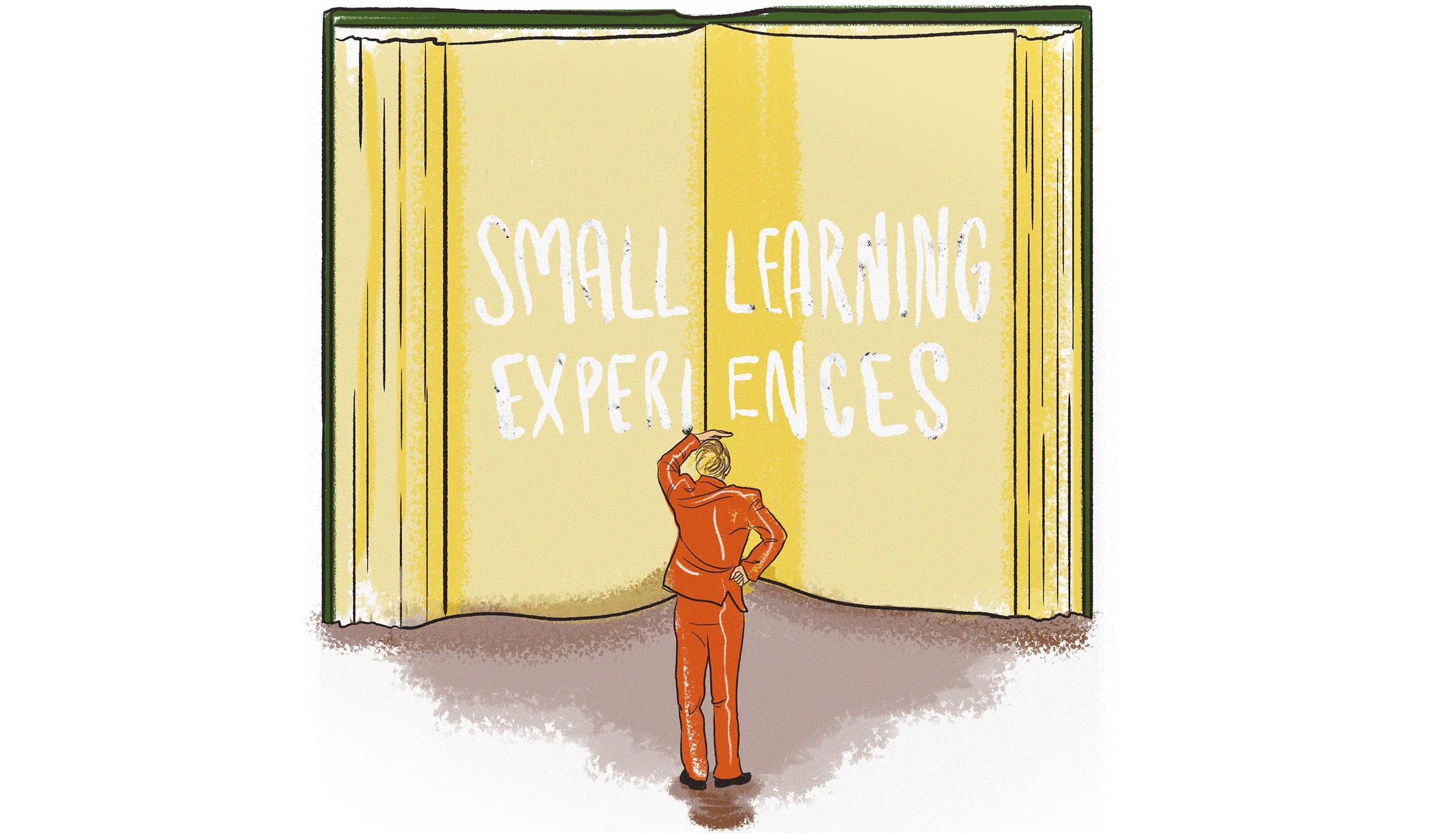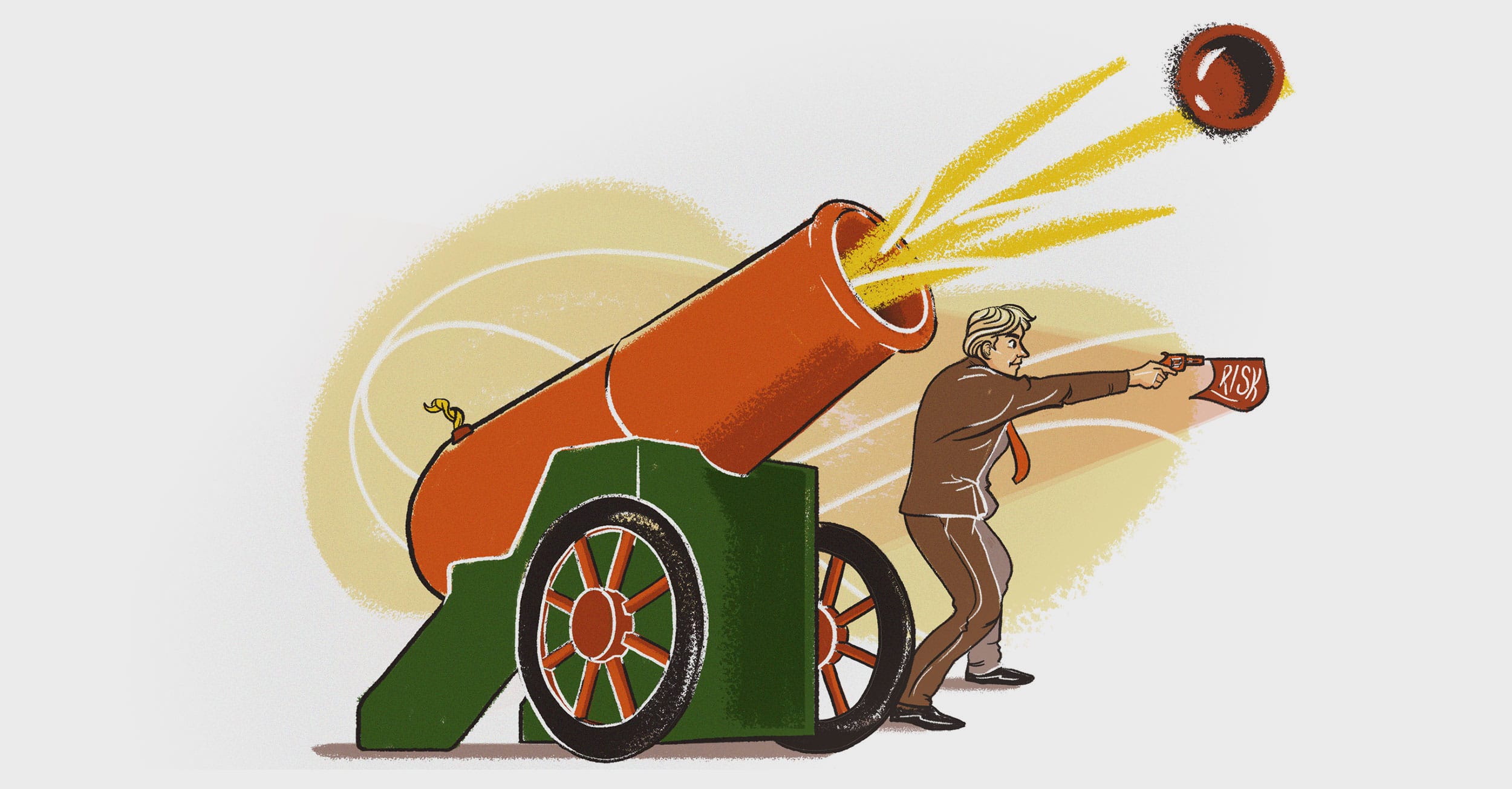IN HIS BOOK, “Great by Choice,” author Jim Collins outlines a perfect strategy for anyone in this industry to start trying new things. Do you want to monkey around with a new ink brand, start selling promotional merchandise (watch our Promo Panel), try your hand at an online store, or any other new business idea? Collins says you need to begin with testing smaller ideas first, before you go in too deep.
The strategy here is to try out many things and see if any of the ideas fit. You’re not necessarily looking for perfection. It’s the willingness to invest time, money, and effort here that could pay off.
Trying out new ideas is the learning mindset. Do you have one? What about your team members?
Often when a project starts, someone undoubtedly says, “Well, that will never work” or “That’s not what we do here.” Let’s stand these notions on their heads.
Start with Low Cost
There’s nothing wrong with sticking your toe in the water and testing. Don’t begin with the most complicated version of something. Pick the low hanging fruit.
What’s the most obvious? Can you fire a small, low-cost bullet and see if it’s anywhere near the target? It won’t be perfect. This work is about learning to aim.
Advertisement
What you’re looking for is data. You did something. What happened?
Maybe run another test. Fire bullet number two with a slightly different idea. What can you learn from that?
You aren’t buying any equipment. Thousands of dollars are not being spent. You want to get a sample made. Testing is about your opinion and your customer’s reaction. What do they think?
Every time you ideate your process, you’re getting closer to the target with something that could work.

Start with Low Risk
Plenty of business experts will talk about the necessity of driving innovation. What might be a better idea is the ability to deliver. As Steve Jobs so famously put it, “Real artists ship.”
Advertisement
After all, we’re in the customer-pleasing business.
Currently, everyone in the decorated apparel industry is struggling with finding certain brands, colors, and styles of T-shirts and hoodies. It’s a common problem.
Consistency and reliability are essential to running a successful business. When we’re thinking up new ways to please our customers and help solve their challenges, this has to be at the forefront of our minds.
Sure, your customer has used a hoodie or a T-shirt for their program for the past five years. But if stock is non-existent, what else can you turn to in order to help them? A tote bag? Water bottle? A branded notebook? What about some chocolate?
It feels weird. Your mindset has been using the label “printer” as an identifier for so long it’s hard to think of your company in any other way.
But what if your label was incomplete?
Advertisement
Let’s expand it to “entrepreneur” or “business-person” instead.
Can you find a low-risk way of pleasing your customers while you wait for the garment supply chain to shake out a little bit? When that go-to item isn’t available, finding a new solution and still helping your customer creates more trust and a better relationship.
Be a problem solver, not just a printer.

Start with Low Distraction
Remember, you don’t have to be an expert on everything that’s out there. Jump in and do some research on a few ideas. Better yet, ask the suppliers what works and sells the best.
You don’t have to reinvent the wheel here. But what you do need to know is how you’re utilizing a new idea to solve a problem for your customer. It has to fit.
Start by simply educating yourself on the best-selling “good,” “better,” and “best” products or ideas that might serve your customer segment best. Narrow down your choices. Before you show anything to a client, you want to ensure you’re comfortable with that new idea.
Once you launch the idea, it may scale and grow to be a larger concern. Initially, play around with it and be willing to scrap it if it looks like it won’t work out.
Yes, it’s ok to stop doing something and chalk it up to a learning experience.

Look to Your History
You know that your success was often due to a series of learning events and experiences in your business history. No one started in this industry knowing everything.
It was the mistakes you made along the way that allowed you to grow. Yet, somewhere in the journey did you get comfortable and stop trying out new ideas? When did that happen?
What we want to build is a series of smaller learning experiences. Those are the bullets that we’re aiming at the target. With each shot, you will learn something.
Once you get everything dialed in, that’s when it’s time to fire that giant cannonball. You probably already used this method back when you started with a small manual press, before you invested in an automatic. Or when you worked out of your garage or basement, before you moved into a better commercial shop location.
These cannonball ideas are the ones that are poised to pay off the most, as you have the background, training, and skill to make them work. They’re aimed at the target and will prove to be the most successful if they hit the mark.

Ready, Fire, Aim!
However, one danger is the “Ready, Fire, Aim!” approach. This lazy way of working happens when we think we know how to do something or fire our cannonball before we have enough data to aim it properly.
That “shoot from the hip” way of running a business doesn’t always work out.
I can think of numerous examples in my career where this happened to me. They usually end up being a harsh and expensive lesson. Sure, you can occasionally hit the target this way, but it won’t lead to long-term success.
Many businesses in this industry plateau at some point and can’t get to the next level. There isn’t a process or a success plan.
“Ready, Fire, Aim!” relies too heavily on luck. When luck runs out, what’s left?
Strategy and creative thinking are needed to help plan with clarity.

Plan for Change
Businesses need to plan for change. Nothing ever stays the same, as those bullet experiments can help you navigate to where your business target is located as markets develop.
In his book, Collins offers up a few “change questions” that can help you develop a better strategy and think about what you need to be doing. I’ve paraphrased these a little, but stop and consider how your business needs to adapt right now.
- How is the economy changing?
- What is changing in fashion?
- How is technology changing?
- What is changing in the political landscape?
- Are there any laws or regulations that are changing that could affect you?
- How are societal norms changing?
- What is changing with your customers in how they react or adjust to new conditions?
Answering these seven questions can help you start firing bullets at new targets.
Could one of these be your next cannonball idea?


 Art, Ad, or Alchemy1 month ago
Art, Ad, or Alchemy1 month ago
 Case Studies1 month ago
Case Studies1 month ago
 Andy MacDougall1 month ago
Andy MacDougall1 month ago
 Columns2 weeks ago
Columns2 weeks ago
 Editor's Note2 weeks ago
Editor's Note2 weeks ago
 Thomas Trimingham2 months ago
Thomas Trimingham2 months ago
 Marshall Atkinson2 weeks ago
Marshall Atkinson2 weeks ago
 News & Trends1 month ago
News & Trends1 month ago



















